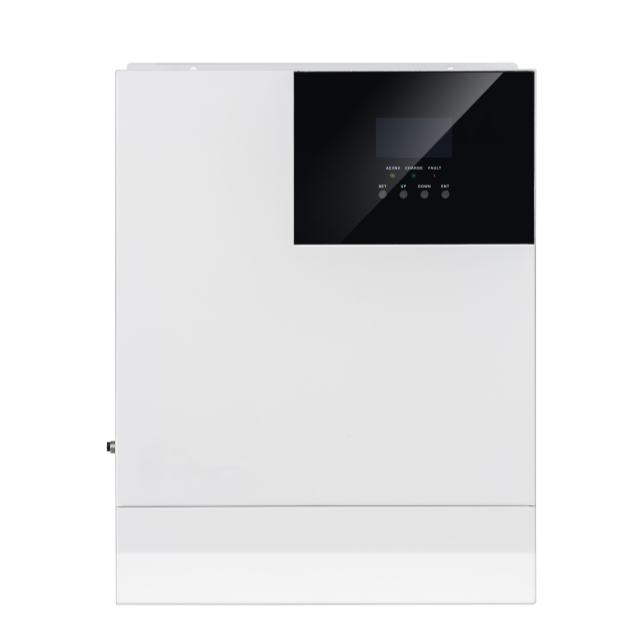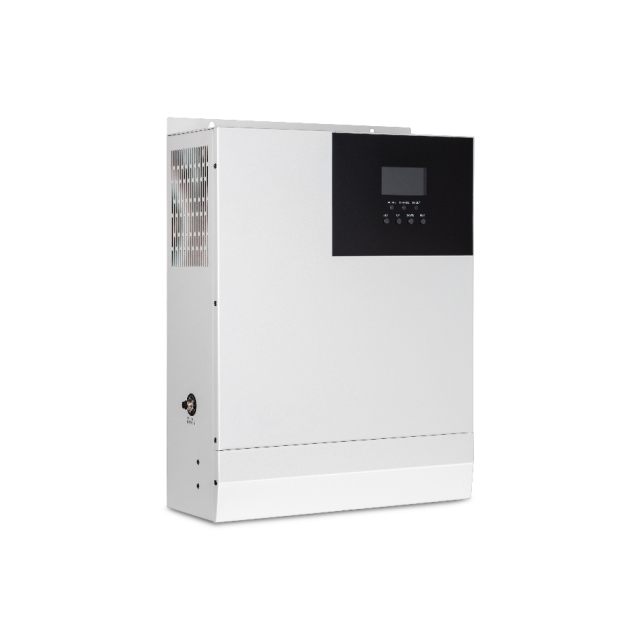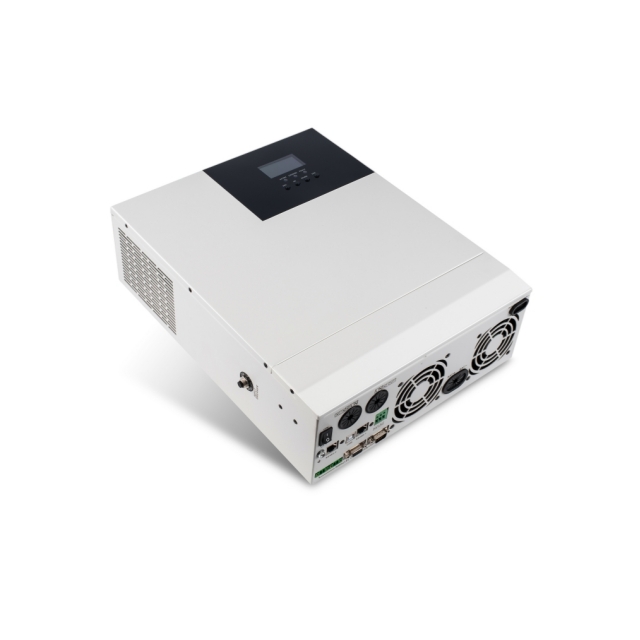Author:BLD Solar Energy SystemFROM:Solar System Converter Manufacturer TIME:2023-10-16
Off-grid hybrid solar systems are becoming increasingly popular as a sustainable and reliable source of energy. These systems combine the benefits of both grid-tied and off-grid solar systems, allowing users to generate electricity from the sun while still being connected to the grid. In this article, we will explore the installation and usage of off-grid hybrid solar systems, highlighting their advantages and providing practical tips for maximizing their efficiency.

An off-grid hybrid solar system consists of several key components. The solar panels capture sunlight and convert it into DC electricity. An inverter then converts the DC power into AC power, which can be used to power appliances. Batteries store excess electricity generated during the day for use during cloudy periods or at night. A charge controller regulates the charging and discharging of the batteries, ensuring their longevity. Additionally, a backup generator may be incorporated to provide power during extended periods of low sunlight.

The size of your off-grid hybrid solar system depends on your energy needs and the available sunlight in your location. To determine the system size, calculate your average daily energy consumption and consider factors such as the orientation and tilt angle of your solar panels, shading issues, and climate conditions. It is recommended to consult with a professional solar installer to accurately size your system and optimize its performance.

The installation process of an off-grid hybrid solar system involves several steps. First, the solar panels are mounted on a suitable location, such as a roof or ground-mounted racking system. The wiring is then done to connect the solar panels to the inverter, batteries, and charge controller. It is crucial to follow safety guidelines and local electrical codes during the installation process. Once all the components are connected, the system should be tested and commissioned by a qualified electrician.
Monitoring the performance of your off-grid hybrid solar system is essential to ensure its optimal operation. Many hybrid solar systems come with monitoring software that allows you to track energy production, battery status, and overall system performance. Regularly reviewing these metrics will help identify any potential issues and allow for timely maintenance or repairs. Additionally, it is advisable to keep a log of energy consumption to better understand your usage patterns and make adjustments if necessary.
Maintaining your off-grid hybrid solar system is relatively simple but crucial for its longevity and efficiency. Regularly inspecting the solar panels for any damage, such as cracks or dirt buildup, is recommended. Clean the panels with water and a non-abrasive sponge or cloth to remove dirt, dust, or bird droppings. Ensure that trees or other structures do not cast shadows on the panels, as shading can significantly reduce energy production. Lastly, inspect and test the batteries, charge controller, and wiring connections periodically.
To optimize the energy efficiency of your off-grid hybrid solar system, consider implementing energy-saving practices. Use energy-efficient appliances and LED lighting to minimize electricity consumption. Insulate your home properly to reduce heating or cooling needs. Time your energy-intensive activities, such as laundry or dishwashing, during peak solar production hours. Additionally, educate yourself and your family on energy conservation methods to reduce unnecessary power usage.
While off-grid hybrid solar systems can supply most of your electricity needs, there may be times when additional power is required. In such cases, a backup generator can be used to recharge the batteries or directly power the appliances. It is advisable to choose a generator that is compatible with your system's voltage and capacity requirements. Proper maintenance and fuel storage for the generator should be observed to ensure its readiness during emergencies or extended periods of low sunlight.
Investing in an off-grid hybrid solar system requires careful financial planning. While the initial cost may seem significant, the long-term savings and environmental benefits make it a worthwhile investment. Research available government incentives, tax credits, and grants that can help offset the upfront expenses. Additionally, compare multiple quotes from different solar installers to ensure you are getting the best price for the system's components and installation services.
Off-grid hybrid solar systems offer individuals and communities the opportunity to generate renewable energy while enjoying the benefits of grid connectivity. By understanding the components, sizing, installation process, and maintenance requirements, users can harness the full potential of these systems. Maximizing energy efficiency, monitoring performance, and considering financial aspects contribute to a successful off-grid hybrid solar system installation. With proper planning and implementation, off-grid hybrid solar systems can provide a sustainable and reliable source of electricity for years to come.
